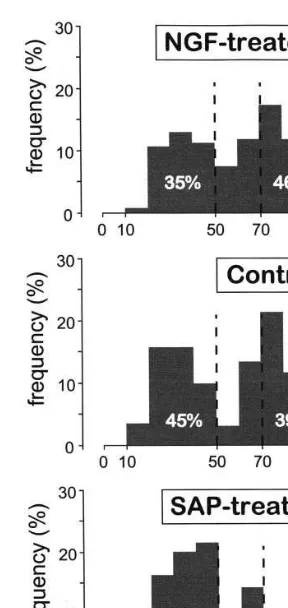Directory UMM :Data Elmu:jurnal:B:Biosystems:Vol58.Issue1-3.2000:
Teks penuh
Gambar



Dokumen terkait
The response differs from that of relative undernutrition in early lactating cows fed at a higher level than maintenance, but lower than their requirements; in this case,
During the ®rst four study years, a copulation test with an intact ram, carried out on a spot-check basis, indicated that all tested ewes showing ram-seeking, except one, were
A second model, this time characterized by assuming that individuals become immune to infections by the middle strain once they have been infected by one of the two symmetrical
If animals are at a productive the effects of heat stress livestock health is scant, it stage (growth, lactation), the reduction in feed seems logical to postulate that the influence
This implies either and the reproduction animals in a present-day dam keeping the option of producing a final generation line is that the latter is likely to contain alleles
The hypothesis tested was that addition of starch to the ration of cows would stimulate magnesium (Mg) absorption because of a lowering of ruminal pH, which renders Mg more soluble
Animals have developed many strategies for seasonal breeding that ensure that their offspring is born at the appropriate time of the year. In the horse, as in many other species,
Immunosterilization involves the ability to use pZP glycoproteins to produce an immune response that leads to the animals sterilization by destroying oocyte r granulosa cell